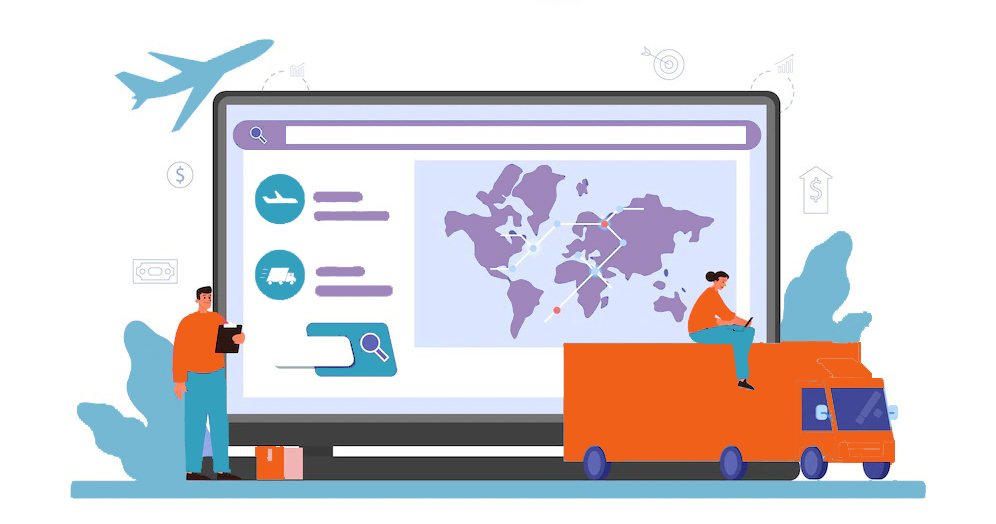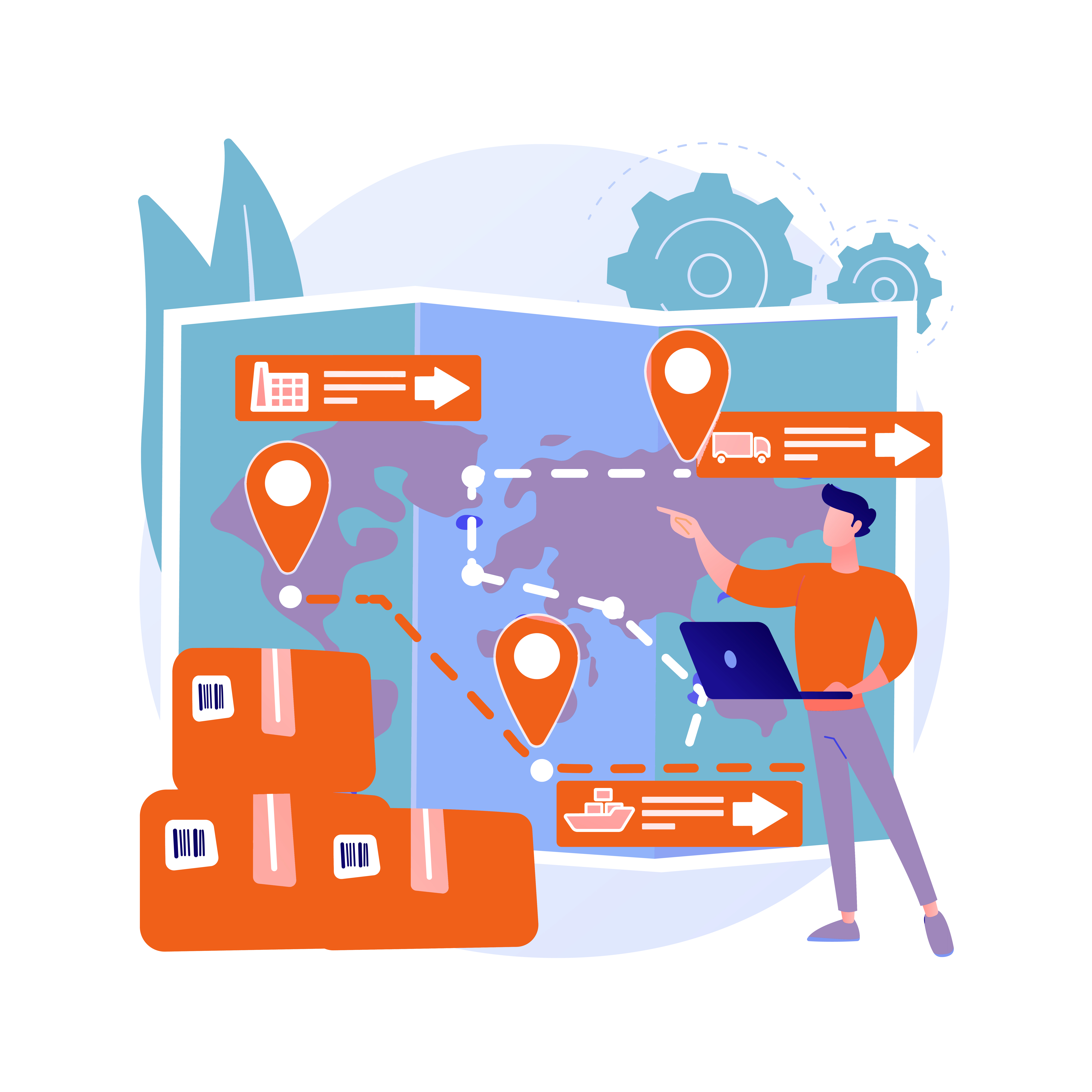
Importance of supply chain resilience in business today
Introduction
In today's fast-paced and ever-changing business landscape, the ability to anticipate, withstand, recover, and adapt to unexpected events has never been more important. This is where supply chain resilience comes in. Supply chain resilience is the ability of a supply chain to maintain or quickly restore its normal operations in the face of unexpected events such as natural disasters, pandemics, cyber-attacks, and other types of disruptions.

The cost of supply chain disruption can vary greatly depending on the industry and specific circumstances of the disruption. In general, supply chain disruptions can result in lost revenue, increased expenses, and damage to a company's reputation. The cost of a disruption can include expenses such as emergency transportation, expediting shipments, and overtime pay for employees. The loss of revenue can occur from production shutdowns, lost sales, and increased costs for goods and services. Additionally, disruptions can also damage a company's reputation with customers and partners, resulting in long-term financial losses. The cost of supply chain disruption can also be high in terms of human life and environmental impact.
In this article, we will explore the importance of supply chain resilience in today's business world and discuss how businesses can prepare for the unexpected.
Importance of Supply Chain Resilience (SCR)
The importance of supply chain resilience cannot be overstated. Disruptions can have a significant impact on a business's bottom line. Supply chain management abstract concept vector illustration. Logistics operations control, storage of goods and services, product delivery, retail distribution, transportation abstract metaphor.Downtime, lost sales, and reduced customer satisfaction are just a few examples of the potential consequences of supply chain disruptions.In today's global economy, supply chains are more complex and interconnected than ever before, making them more vulnerable to disruptions. This is why businesses must take a proactive approach to supply chain resilience and develop strategies to minimize the impact of disruptions. Supply chain resilience should be must and mandatory as part of overall supply chain management for businesses across the world.
Supply chain management abstract concept vector illustration. Logistics operations control, storage of goods and services, product delivery, retail distribution, transportation abstract metaphor.Downtime, lost sales, and reduced customer satisfaction are just a few examples of the potential consequences of supply chain disruptions.In today's global economy, supply chains are more complex and interconnected than ever before, making them more vulnerable to disruptions. This is why businesses must take a proactive approach to supply chain resilience and develop strategies to minimize the impact of disruptions. Supply chain resilience should be must and mandatory as part of overall supply chain management for businesses across the world.
Components of Supply Chain Resilience
Risk Assessment
One key component of supply chain resilience is risk assessment. Businesses must identify and assess potential risks to their supply chain and develop plans to mitigate them. This includes identifying critical suppliers and assessing their ability to withstand disruptions, as well as developing contingency plans for potential disruptions. By identifying and assessing potential risks, businesses can take proactive steps to minimize the impact of disruptions.
Real Time Visibility and Risk Intelligence
Supply Chain visibility is another important aspect that can help to improve supply chain resilience, by early warning of disruptions: With improved visibility, businesses can detect potential disruptions early and take proactive measures to mitigate their impact. This can include rerouting shipments, finding alternative suppliers, or increasing inventory levels.
Incident Response
Another important component of supply chain resilience is incident response. Businesses must have a plan in place for responding to disruptions and restoring normal operations as quickly as possible. This includes identifying key personnel and assigning roles and responsibilities, as well as developing procedures for Critical communications with customers, suppliers, and other stakeholders. By having a plan in place for incident response, businesses can minimize the impact of disruptions and restore normal operations more quickly.

In addition to risk assessment and incident response, businesses must also focus on recovery planning. This includes identifying and mitigating the root causes of disruptions and developing plans for restoring normal operations. Recovery planning also includes identifying and mitigating the impact of disruptions on customers and other stakeholders. By focusing on recovery planning, businesses can minimize the impact of disruptions and restore normal operations more quickly.
Role of CEM Platform to implement Supply chain Resilience
Critical Event Management (CEM) and Supply Chain Resilience are closely related concepts that work together to minimize the impact of disruptions and protect a company's bottom line. CEM is a process that helps organizations anticipate, prepare for and respond to critical events such as supply chain disruptions. It uses advanced technologies such as AI and big data to monitor and analyze supply chain operations in real-time, detect potential disruptions and respond quickly to minimize their impact. Supply Chain Resilience, on the other hand, is the ability of a supply chain to anticipate, prepare for, and respond to disruptions in a timely and effective manner, and to minimize the impact of disruptions. Implementing CEM can help companies to build a resilient supply chain by providing real-time monitoring and analysis, automated response, predictive analytics, business continuity planning and continuous improvement.
Conclusion
In conclusion, supply chain resilience is critical for businesses in today's fast-paced and ever-changing business landscape. Disruptions can have a significant impact on a business's bottom line, and businesses must take a proactive approach to supply chain resilience to minimize the impact of disruptions. This includes identifying and assessing potential risks, developing plans for incident response and recovery, and focusing on supply chain visibility. By preparing for the unexpected and developing strategies to minimize the impact of disruptions, businesses can maintain continuity of operations and protect their bottom line.
Are youprepared to handle critical events? Signup for free
If you intersted to follow our blogs : Subscribe
